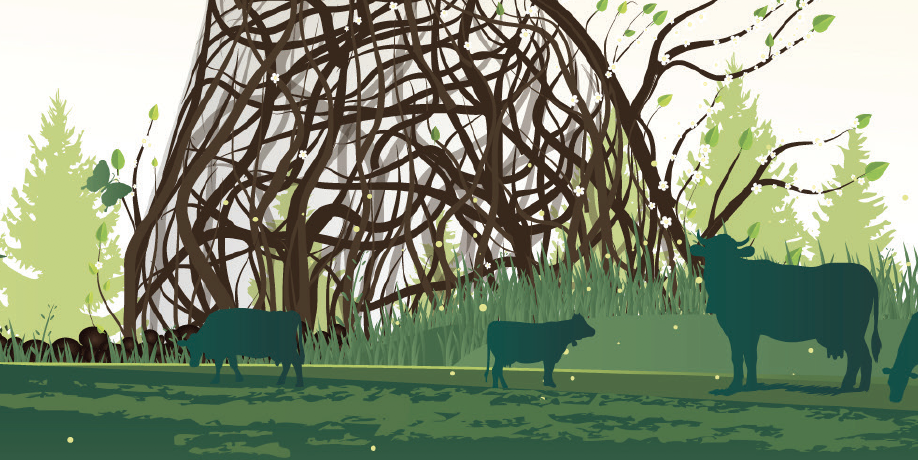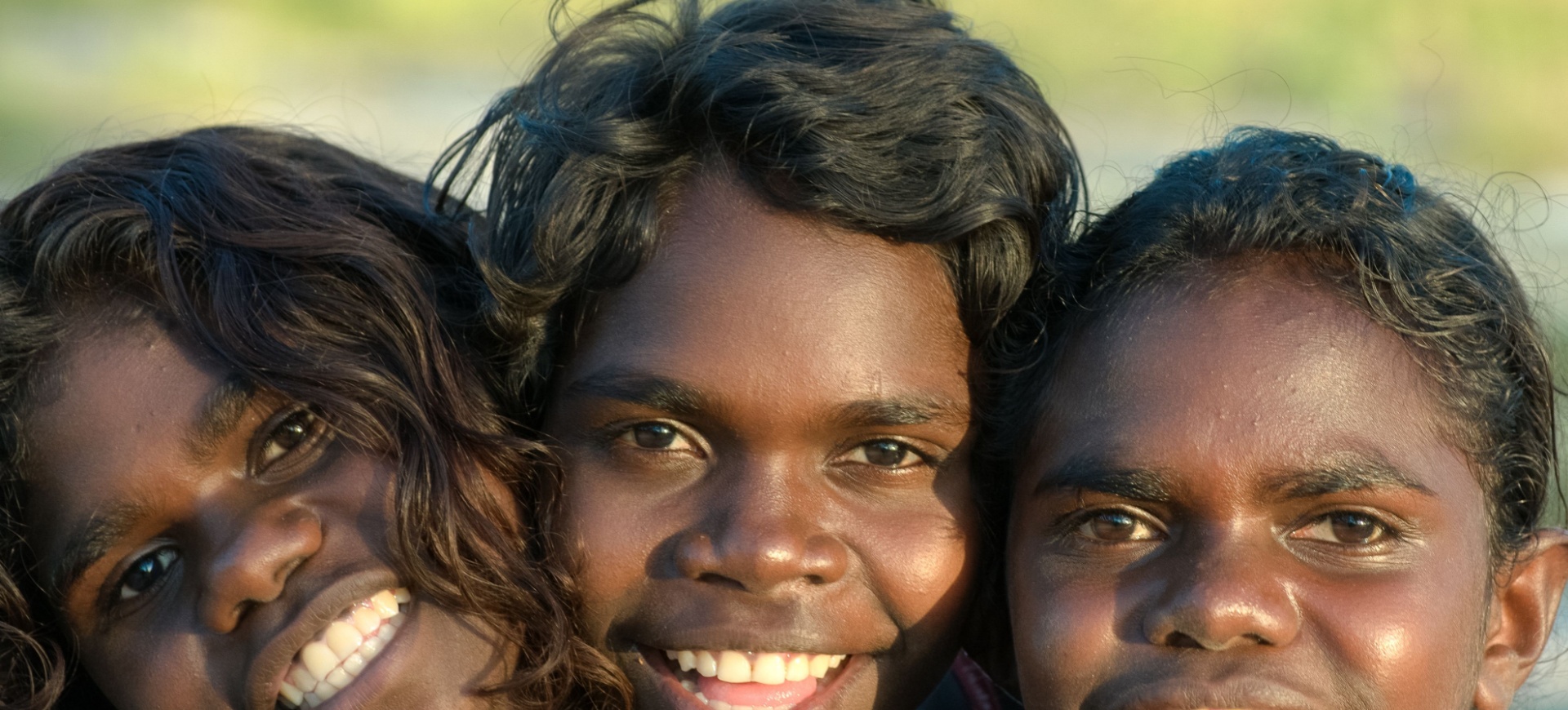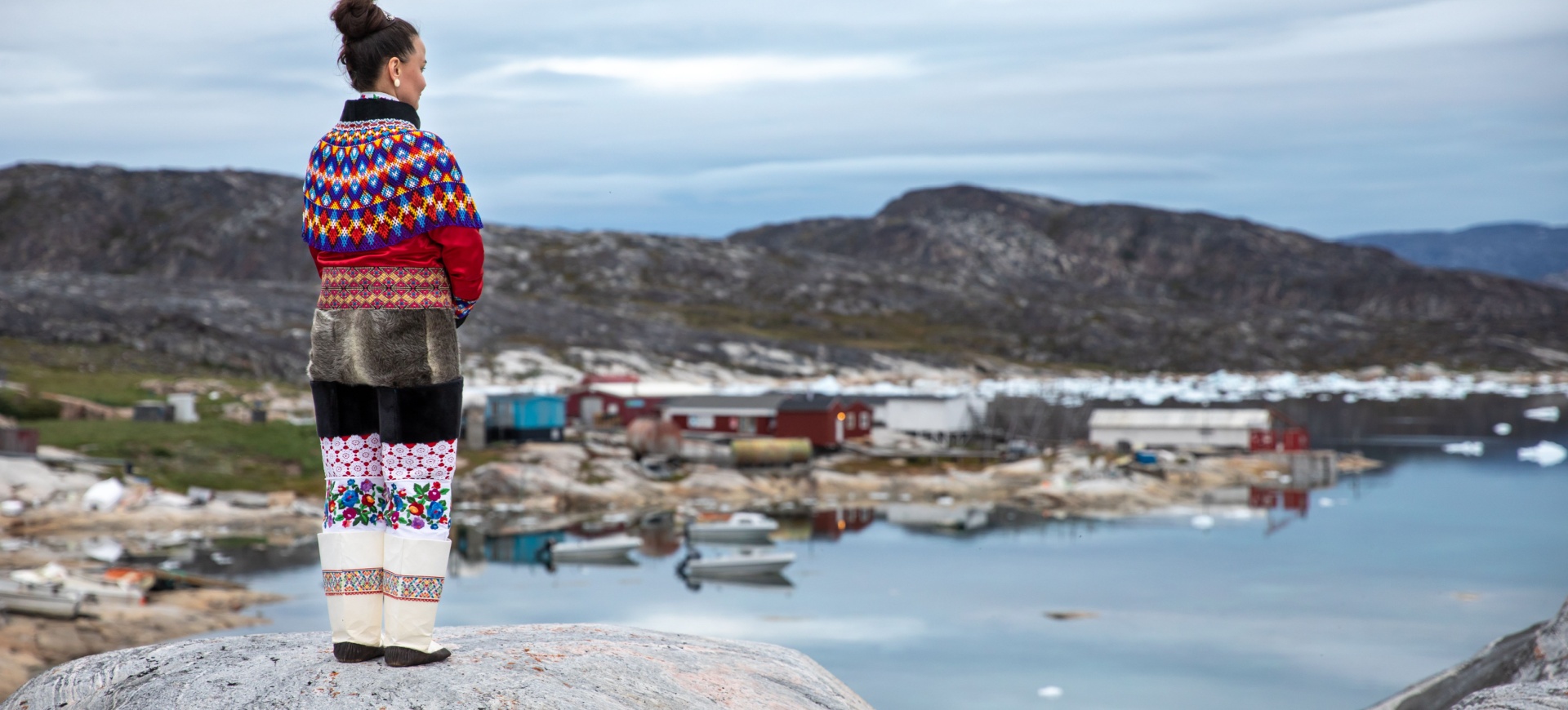Nature: the basis of all human health
Enhancing green investments reduces health risks in the long term, and the trillions of dollars available for COVID-19 recovery can either take us into a healthier future or return us to old, devastating patterns
Humanity has made remarkable advances over the last century in technology, communications, health care and so much more. Our minds are truly formidable. But COVID-19 has shown us just how fragile our bodies remain, particularly when confronted with new infections and pathogens.
As the pandemic sweeps the globe, we are seeing many deaths and long-lasting health problems. Necessary lockdowns and resultant job losses bring more global poverty and inequality, which bring further health issues both mental
and physical.
People are adapting. Many are following the advice of the World Health Organization and other experts to change their behaviour. Doctors and other health workers are learning to manage the illness, new treatments are coming online and vaccines against this coronavirus are being developed at unprecedented rates. This is commendable progress, and something that must continue in order to mitigate the impact of the pandemic.
But at the same time, we should ask ourselves one question: do we want to go through this again once COVID-19 is under control? The answer, of course, is no. So, we must address the root causes of COVID-19 – to prevent not just future pandemics, but other health problems that will inevitably arise as we heat and pollute our planet and degrade its biodiversity.
We must make the political choice to protect nature, which is the basis of all human health.
Degradation of nature, the common thread
To understand why protecting nature is so crucial, we must look beyond COVID-19 to other zoonotic diseases – illnesses that jump between animals and humans. We can learn much from a recent assessment by the UN Environment Programme and the International Livestock Research Institute.
The report emphasises that 60% of known infectious diseases and 75% of emerging infectious diseases are zoonotic in origin. Ebola, severe acute respiratory syndrome, HIV, Lyme disease and Lassa fever are just a few. Meanwhile, two million people in low- and middle-income countries die each year from neglected and endemic zoonotic diseases such as rabies, anthrax and bovine tuberculosis. These are often local communities that face complex development problems, depend heavily on livestock and are close to wildlife.
What is the common factor driving these issues? Human activity that cuts into nature. We have intensified our agriculture, expanded our infrastructure and extracted natural resources – altering 75% of the planet’s ice-free surface. We know that dams, irrigation and factory farms are linked to 25% of infectious diseases in humans. Travel and transport have erased distances while emitting huge amounts of carbon dioxide and particulate matter. These same factors drive climate change, which contributes to the spread of pathogens; biodiversity loss, which harms food security; and pollution, which already kills millions of people each year.
At the heart of our response to these complex and interlinked challenges should be the idea that the health of humanity depends on the health of the planet and other species. If humanity gives nature a chance to breathe, it will be our greatest ally as we seek to build a fairer and safer world for everyone.
How do we do this? The answer lies partly in adopting integrated knowledge and policies on human, animal and environment health – a One Health approach. One Health is not new, but its uptake and institutional support are uneven. The weakest link in the chain is environmental health, despite growing understanding of the connections between natural habitats and human health. Conservation experts who monitor great ape communities, for instance, should become part of zoonotic disease surveillance in human communities nearby.
Experts monitoring wildlife habitats also play an important role. They should work with livestock keepers, veterinarians and other environmental specialists to manage spaces where livestock and wildlife coexist. For example, in 2018, livestock experts working closely with healthcare professionals in Kenya detected Rift Valley fever and deployed livestock vaccinations and other interventions to contain its further spread.
As we look at recovery scenarios now and how to avoid another pandemic, One Health strategies should be front and centre.
Backing global processes for recovery
Another crucial decision is to commit more strongly to the Sustainable Development Goals and the goals of the Paris Agreement. In particular, the delay of the next global climate summit to 2021 gives countries the opportunity to strengthen their Paris commitments with a more ambitious focus on reducing carbon emissions while also focusing on resilience and carbon sequestration through nature-based solutions.
Equally important is pulling out all the stops to define the post-2020 global biodiversity framework. This framework can help us identify some of the factors affecting human health by promoting healthy natural ecosystems. To do this, we need ambitious, clear and common targets for a nature-positive world. We need implementation support on financing, capacity development, transparency and accountability. We need to engage closely with sectors and groups, both public and private, that drive biodiversity loss: agriculture, industry, infrastructure, public works, municipal planning and consumers.
The UN Environment Programme is working with UN members, the UN system, and private and financial sectors to tackle these issues in an integrated manner. We are also advancing work on priorities such as accounting for nature in decision-making; transforming food systems for improved productivity, reduced food waste and diversified protein sources; nature-based infrastructure solutions; and restoring billions of hectares of degraded land to healthy systems.
COVID-19 recovery packages are an ideal way to back these processes. There is a temptation for some countries to push short-term growth by scaling back environmental protections and investing in polluting infrastructure and economic models. But this is exactly the wrong approach. We need to strengthen nature and enhance green investments to reduce long-term health risks, which means better environmental protection and improved sustainability. Put simply, the trillions of dollars coming into play for COVID-19 recovery can either take us into a healthier future or return us to our old, unhealthy behaviourand patterns.
We must recognise that human, animal and planetary health cannot be separated. We must plan our responses and investments accordingly. This is a political choice.











